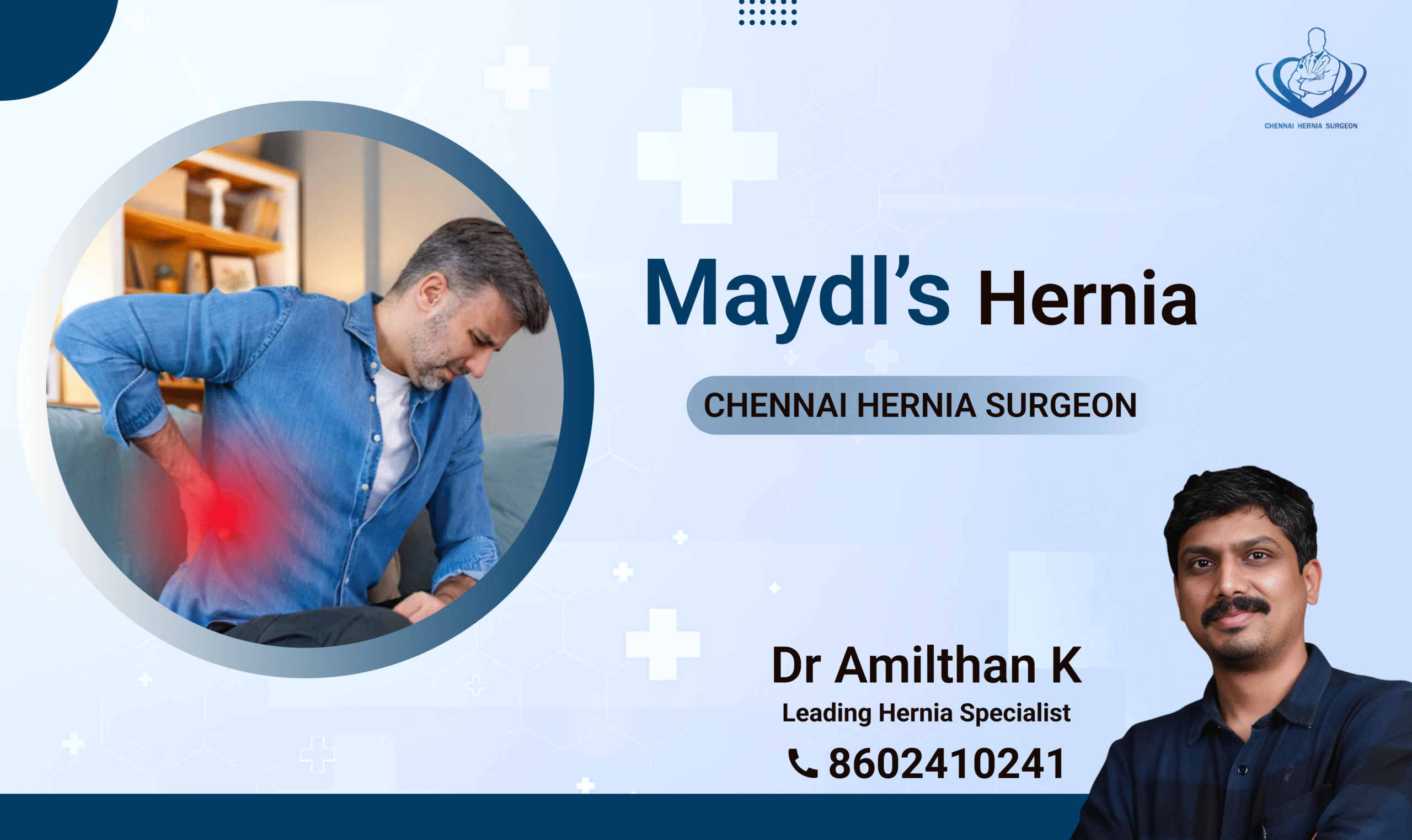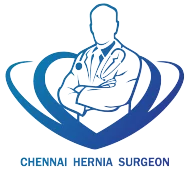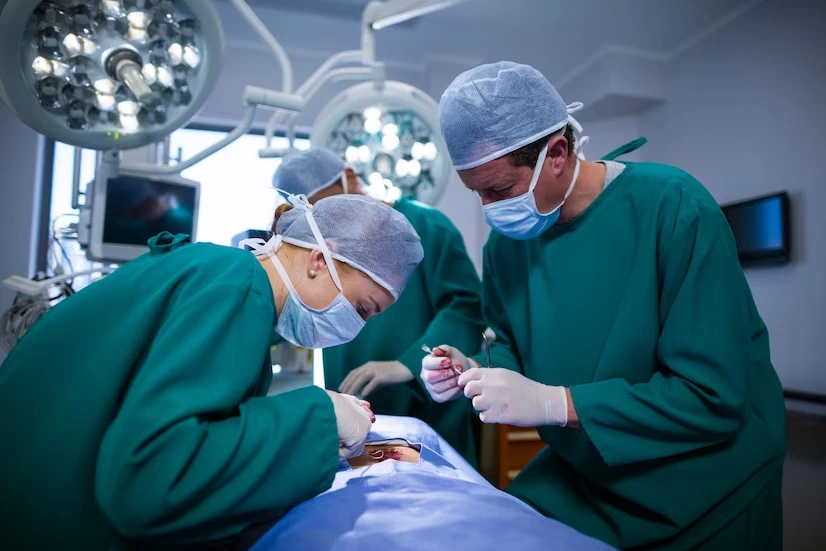Bochdalek hernia or posterolateral diaphragmatic hernia is prominently a congenital defect, although it can also develop in adults.
Bochdalek hernia is named after the Czech pathologist Vincenz Alexander Bochdalek and is often referred to as a diaphragmatic hernia.
Bochdalek hernias are fatal and must be treated urgently upon diagnosis.
Table of Contents
ToggleWhat is a Bochdalek Hernia?
A Bochdalek hernia is a weakness that develops in the diaphragmatic region mostly due to the incomplete development of the diaphragm in the embryo.
The Bochdalek hernia occurs in the posterior costal, which is towards the back on the side of the ribcage and near the 10th and 11th pair of ribs. The foramen or opening in the diaphragm gives access to the abdominal and thoracic cavities resulting in the movement of abdominal organs into the thoracic cavity.
Bochdalek hernias occur mostly on the left side of the body and are highly fatal, especially to babies.
Symptoms of Bochdalek Hernia
Bochdalek hernias in babies are identified through abnormal chest appearance with one side being larger than the other and a caved-in abdomen.
Other symptoms of a Bochdalek hernia include:
- Abdominal pain
- Chest pain
- Shortness of breath
- Indigestion
- Intestinal obstruction
- Constipation
- Bloating
- Difficulty in eating
- Discoloration of skin in the area of the hernia
- Faster heart rate
To know about the each symptoms of bochdalek hernia in details. read the linked article
Causes of Bochdalek Hernia
Bochdalek hernias arise due to a congenital defect in the diaphragm when the posterolateral diaphragmatic foramina fails to close during fetal growth. The reason for the failure of the diaphragm to close during embryo development is unidentified. However, proper prenatal care is suggested for the prevention of Bochdalek hernia in babies.
Bochdalek hernias in adults may arise due to any blunt injuries or surgical interventions in the chest or abdominal region.
Complications of Bochdalek Hernia
The complications of Bochdalek hernia include incarceration, strangulation, and perforation. Bochdalek hernias can obstruct the bowel causing ileus that impedes food movement in the digestive tract.
Bochadalek hernias are considered highly fatal due to their ability to congest organs in the thoracic cavity.
Infants are more prone to the morbidity of Bochdalek hernia. Therefore the hernia must be treated as quickly as possible.
Treatment for Bochdalek Hernia
Bochdalek hernias demand surgery all the time as they escalate into severity rapidly.
Imaging tests such as computed tomography (CT) scans, ultrasound scans, Magnetic Resonance Imaging (MRI), X-rays, and arterial blood gas tests are widely employed to diagnose a Bochdalek hernia.
Laparoscopic surgery is commonly used to repair Bochdalek hernia. The hernia repair surgery removes abdominal organs from the chest and places them in the right position. Then a mesh is placed in the weak spot to strengthen it and prevent future hernia.
Preventing Bochdalek Hernia
Congenital Bochdalek hernias are highly unpreventable and proper prenatal care is generally prescribed for prevention of the hernia in infants.
Adults can maintain a healthy lifestyle, get treated for blunt injuries or traumas, and check for Bochdalek hernias after thoracic or abdominal surgeries to stay cautious of the occurrence of the hernia.
Conclusion
Bochdalek hernias are highly fatal in babies and must be handled with utmost care. So, approach a hernia surgeon with a high success rate to have a successful repair of the Bochdalek hernia.
The latest hernia repair techniques are very advanced and can repair a Bochdalek hernia successfully.
Maintain a healthy lifestyle and consult a hernia specialist if you experience any kind of Bochdalek hernia symptoms.
Dr. K. Amilthan MBBS., MS., FMAS., FALS.
Heal Your Hernia Now:
- 20+ Years of Experience
- 1,000+ Surgeries
Your Journey to Wellness Begins with us.
FAQ's
Bochdalek hernias are commonly located on the left side of the diaphragm toward the back.
The cause of Bochdalek hernias in adults is unknown. It may be due to congenital defects that did not manifest during infancy. Other possible reasons include pregnancy, obesity, injuries, and so on.
Congenital Bochdalek hernias are prominent. Acquiring Bochdalek hernias later in life is less common. Yet adults still can incur a Bochdalek hernia that occurs mostly on the left side of the diaphragm.

Dr. Amilthan
Dr. Amilthan is a renowned laparoscopic hernia surgeon based in Chennai, with over 20 years of experience in general surgery. He completed his MBBS and MS in General Surgery at Kilpauk Medical College and Government Royapettah Hospital in Chennai.
- All Posts
- Hernia Blog

Which Doctor should you consult for Hernia? You can Consult a general surgeon or a hernia specialist for evaluation and...

A hernia occurs when an organ or any other part of your body pushes through the muscle and surrounding tissue...

An inguinal hernia occurs when the organs push through and bulge against the weak muscles of the abdomen. An effective...

